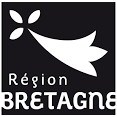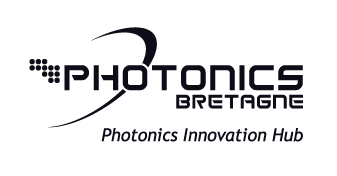The Deep Blue project aims to improve the quality of Raman spectroscopy measurements by reducing the excitation wavelength. Innovation consists in designing single-frequency laser diodes at short wavelengths (blue, violet or even deep UV) by improving the spectral and spatial properties of commercial laser diodes.
Context
The quality of the environment is a major challenge for the health of populations. It requires the development of optimized tools to detect and quantify chemical elements (marine pollutants) or biochemical elements (proteins, lipids, DNA …), bacteria, cells (pico- and phytoplankton, bacteria, etc.), Viruses, micro- and nanoparticles …
Raman spectroscopy is probably the most promising tool for performing chemical analysis without sampling, in real time and directly in seawater, without denaturation by toxic labels.
For an even more precise analysis of the marine environment, the Deep Blue project proposes to use short wavelength lasers (blue, violet or even deep UV) which will significantly increase the sensitivity and improve the spatial resolution.
Marine applications are numerous: the detection of micro-nano-plastics, hydrocarbons or other pollutants, and the detection of bacteria.
Goals
As part of the Deep Blue project, the FOTON laboratory wishes to answer two main problems:
- Development of measurement benches for finely characterizing the coherence properties of laser diodes emitting in the 400 – 450 nm range. To this end, the laboratory will rely on its know-how in the study of single-frequency lasers at telecom wavelengths.
- Propose and implement all optical techniques for spectral refinement, tunability and stabilization of these laser diodes.
Parterns
Oxxius – HORIBA Jobin-Yvon – Ifremer – Foton-SP
Coordinator
Julien ROUVILLAIN (Oxxius)
Local-coordinator Foton-SP: Stéphane TREBAOL
Funding
Conseil régional de Bretagne, FEDER (572 k€)


